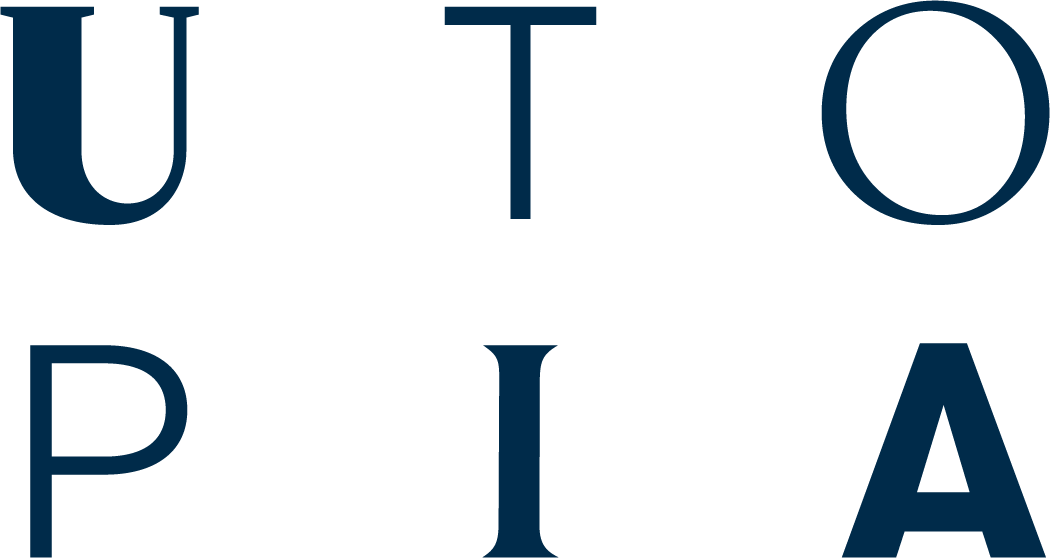What Does New LGBT+ Census Data Mean For Work?
The new year saw data released from the first ever UK census that asked LGBTQ+ related questions. LGBTQ+ related headlines from this 2022 census show that there are 1.5m people in England and Wales willing to state they’re not straight, in various ways, and also reveal 626,000 people who are comfortable confirming that their gender identity is different from what they’ve been assigned at birth. But just how insightful are these insights? What’s missing? What’s the role for us as employers in paving the way for a safer space for queer colleagues?
From a 2022 YouGov study we also know that 63% of people feel they’re discriminated against in the workplace on the basis of their sexual orientation and 70% on the basis of their gender identity. A quarter of queer people believe that in 5 years their rights will have deteriorated. Ultimately, queer people don’t feel welcome in our work cultures. So, what’s going on?
Are LBGT+ people right to be worried?
Some gaps in the data also exist. While this census asked about sexuality and gender identities, it didn’t ask about intersex variations. This missed opportunity adds to the misunderstanding and exclusion from society that people with intersex variations continue to suffer. For example, the continuation of performing socially conditioned, non-consensual and most importantly non-vital medical interventions to intersex infants.
If we flip the lens onto the general population, we see some contradictory information. A massive 92% of people state they’re ‘totally or fairly comfortable’ with a gay, lesbian or bisexual man or woman being their neighbour, manager, GP or Prime Minister. Why the disparity? Simply put, despite everyday general acceptance, negative narratives continue to be amplified in media portrayals, policy and processes. Because of this, queer people feel attacked on the basis of their identity.
How can I make my workplace more inclusive?
Our organisations and workplaces have enormous power over our reality. By considering and reflecting LGBTQIA+ communities specifically in their policies, workplaces can play their role in showing people from these communities that whilst they may be worried about their rights deteriorating in wider society, the institution responsible for their financial security sees and considers them. In the run up to LGBTQIA+ History Month, what steps can we take to make sure that our queer staff feel seen, safe and considered but also attract new talent with the knowledge that this is the case?
Here are our top tips:
Education
Make sure your Senior Leadership understands these communities. Support them in learning about queer people and the unique challenges they face.
Keep up to date with new legislation and current events that may affect your LGBTQIA+ staff.
Visibility
Celebrate Pride visibly, but also go beyond. Take pride the whole year round. Ensure that conversation about queer issues is welcomed in your workplace, consistently.
Welcome, encourage and celebrate staff for sharing their identities when they choose to.
Walk the walk
Connect all communications with actions.
Invest in training.
Audit your policies, internal training, tools and facilities to ensure they’re fully inclusive.
Future proof your workplace
According to a GLAAD survey, by 2027, it’s expected that up to 20% of the people entering the workforce will identify outside of the traditional gender binary of male/ female. We also know that there are strong trends around people going back into the closet when they transition from higher education to the workplace, down to fear of repercussions. The strategies and tactics above can help to make sure that your workplace is welcoming and inclusive for that 20% of fresh talent, who may have to face some hard identity choices when taking their first job. If you’d like to be supported through your Diversity, Equity and Inclusion challenges, get in touch.

